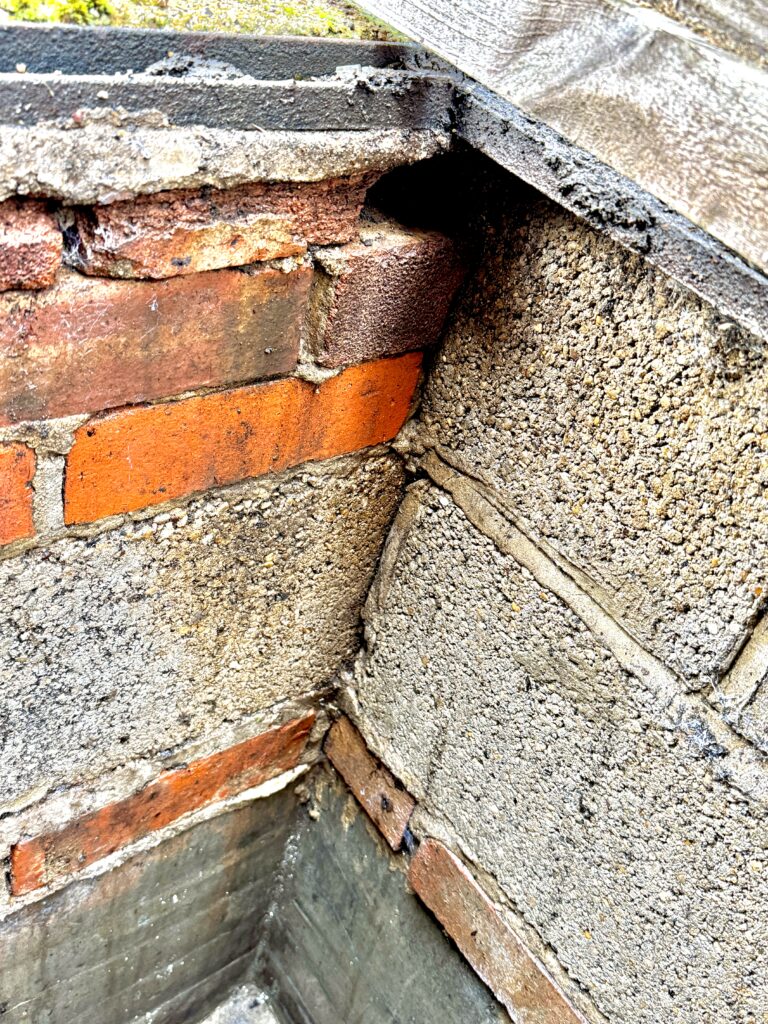
Drain Problems and How to Prevent Rat Issues
Introduction: Rats and Drain Problems
Drain problems and how to prevent rat issues as rats are clever pests that exploit weaknesses in drainage systems to access food, shelter, and water. Damaged drains or poor maintenance allow them to thrive and cause infestations in homes and gardens. In some cases, rats create burrows to exit drains and surface nearby. By understanding these issues, you can act swiftly to secure your drainage system.
Why Drains Attract Rats
Drains appeal to rats for several reasons:
- Food: Wastewater often contains food remnants, providing a steady supply of nourishment.
- Shelter: Drains offer a safe haven from predators and adverse weather conditions.
- Access Routes: Underground systems allow rats to move undetected, leading them to homes or gardens.
Recognising these factors helps you implement effective solutions.
Signs of Rats in Your Drains
Detecting rats early can prevent more significant problems. Be alert for these indicators:
- Scratching or scurrying sounds within walls, floors, or pipes.
- Foul odours emanating from drains.
- Droppings near drain openings or around your property.
- Slow drainage caused by blockages linked to rat activity.
Act immediately if you notice any of these signs.
Common Drain Issues That Attract Rats
Several drainage problems create entry points for rats, such as:
- Cracked or broken pipes allowing easy access.
- Poorly fitted systems with gaps or loose connections.
- Accumulation of grease, food waste, or other debris.
- Unsecured or damaged drain covers providing an open invitation.
Regular inspections can help you address these issues proactively.
Digging Out of Drains vs. Digging Into Drains
Rodents Digging Out of Drains
Rats often dig out of drains when they discover cracks or weak points. They burrow through these openings to reach gardens, seeking food and nesting sites.
Indicators:
- Fresh holes or tunnels near drain covers or pathways with no soil.
- Soil or gravel in the drainage pipes.
- Increased sightings of rats in outdoor spaces.
Rats Digging Into Drains
When rats dig into drains from the outside when they detect food or water within. This usually happens if pipes have loose joints, weak materials, or are situated too close to the surface.
Indicators:
- Visible damage or openings in underground pipes.
- Unexpected blockages caused by soil or debris displacement.
- soil seen by the holes as the rats have dug down into the drain area.
Steps to Prevent Rats from Entering Drains
Repair and Reinforce Drains
- Check for cracks or gaps in pipes and repair them with sturdy materials.
- Upgrade outdated pipes with modern linings or replacements where necessary.
Install Rat Guards
- Use one-way valves or rat guards to stop rats from entering or exiting drains.
- Inspect and maintain these guards to ensure they remain effective over time.
Prevent External Digging
- Install robust barriers like heavy-duty mesh or concrete around drain covers.
- Seal any gaps near your home’s foundation or garden walls to block burrows.
Avoid Attracting Rats
- Use drain strainers to catch food scraps and grease before they enter the pipes.
- Clean drains routinely with hot water and degreasing agents to minimise build-up.
Professional Solutions for Persistent Problems
If you face ongoing issues, professionals can provide comprehensive services, including:
- CCTV Drain Inspections: Pinpoint cracks, blockages, or rat burrows in your drainage system.
- Pipe Repairs: Restore integrity to damaged pipes using advanced techniques like relining.
- Heavy-Duty Barriers: Install effective measures to block all potential rat entry points.
- Pest Management Plans: Combine drainage fixes with expert rodent control strategies for long-term success.
Conclusion: Keep Rats Out of Your Drains
Rats exploit drainage weaknesses to access food and shelter, making prompt action crucial. Repairing cracks, reinforcing pipes, and using barriers are effective strategies to keep them at bay. Consistent maintenance and professional interventions ensure your drains remain secure and rodent-free.
For expert advice and practical tips, visit our blog.
